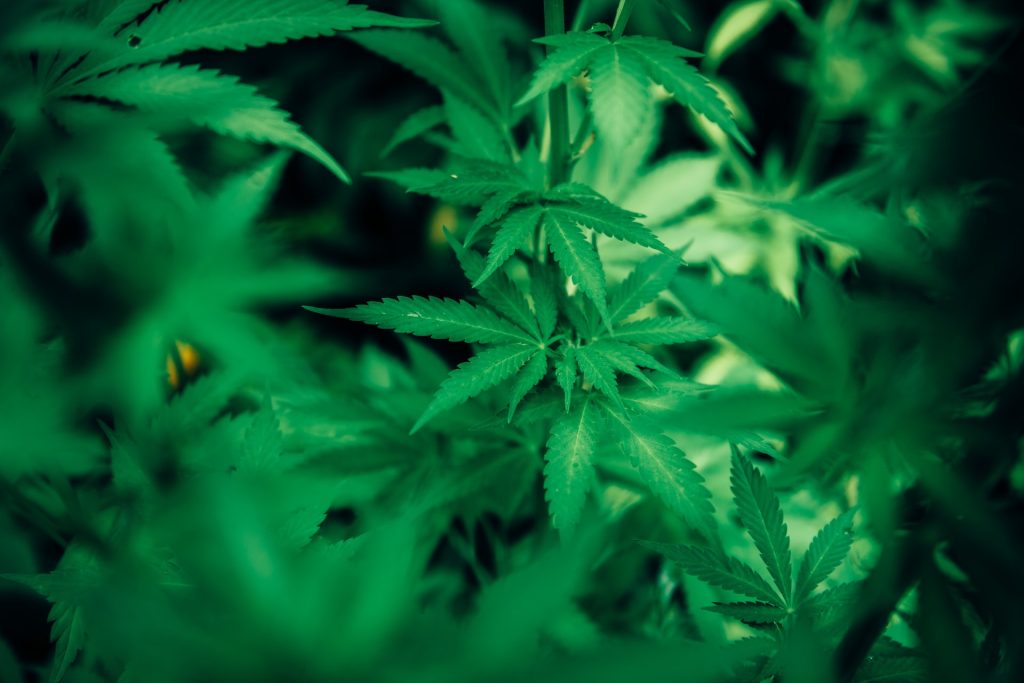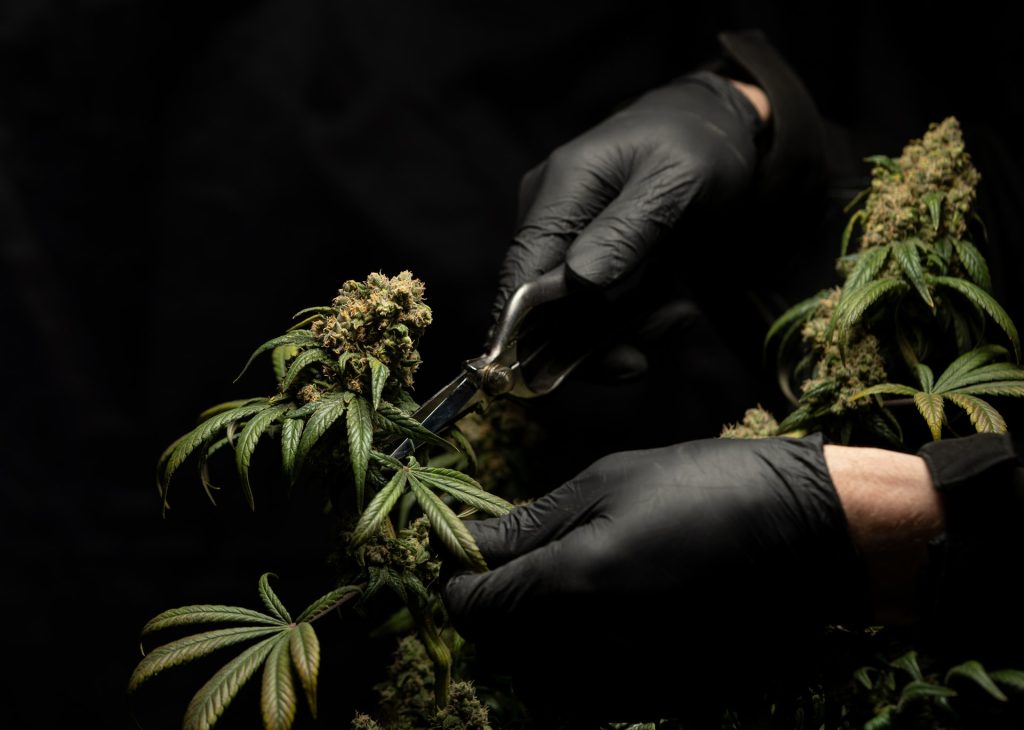Medicinal Cannabis is Linked to Long-term Benefits in Health-related Quality of Life, Study Finds

Patients prescribed medicinal cannabis in Australia maintained improvements in overall health-related quality of life (HRQL), fatigue, and sleep disturbance across a one-year period, according to a study published April 2, 2025, in the open-access journal PLOS One by Margaret-Ann Tait from The University of Sydney, Australia, and colleagues. Anxiety, depression, insomnia, and pain also improved over time for those with corresponding health conditions.
Research into the therapeutic benefits of medicinal cannabis has increased since the discovery of the analgesic properties in cannabis plant compounds. In 2016, advocacy groups lobbied the Australian government to bring about legislation changes that allow patients who were not responding to conventional treatment to access medicinal cannabis with a prescription from clinicians. More than one million new patients in Australia have received medicinal cannabis prescriptions for more than 200 health conditions.
A multicenter prospective study called the QUEST initiative (QUality of life Evaluation STudy) recruited adult patients with any chronic health condition newly prescribed medicinal cannabis oil between November 2020 and December 2021. Tait and colleagues gathered 12-month follow-up data to determine if previously reported improvements at three months would be maintained long-term. Of 2744 consenting participants who completed baseline assessments, 2353 also completed at least one follow-up questionnaire and were included in analyses, with completion rates declining to 778/2353 (38%) at 12 months. Participants with clinician-diagnosed conditions completed questionnaires covering condition-specific symptoms, and HRQL, which encompasses physical, emotional, social, and cognitive function, as well as bodily discomfort.
The researchers found that short-term improvements in overall HRQL reported at three months were maintained over a 12-month period in patients prescribed medicinal cannabis in Australia. People with chronic health conditions reported improvements in fatigue, pain, and sleep. Patients with anxiety, depression, insomnia, or chronic pain diagnoses also showed improvements in condition-specific symptoms over 12 months. Patients treated for generalized anxiety, chronic pain, insomnia, and PTSD all showed improvements in HRQL. Participants with movement disorders had improved HRQL but no significant improvements in upper extremity function scores.
The study was large enough to assess patients across a wide range of chronic conditions and socio-demographics in a real-world setting. However, without a control group, it was not possible to confidently attribute changes over time to medicinal cannabis.
Despite this limitation, the results suggest that prescribing medicinal cannabis to patients with chronic health conditions may improve pain, fatigue, insomnia, anxiety, and depression and overall HRQL. The findings also suggest that any improvements would be apparent quickly and maintained long-term. According to the authors, the results from this study contribute to the emerging evidence base to inform decision making both in clinical practice and at the policy level.
The authors add: “This is promising news for patients who are not responding to conventional medicines for these conditions.”
Provided by PLOS



